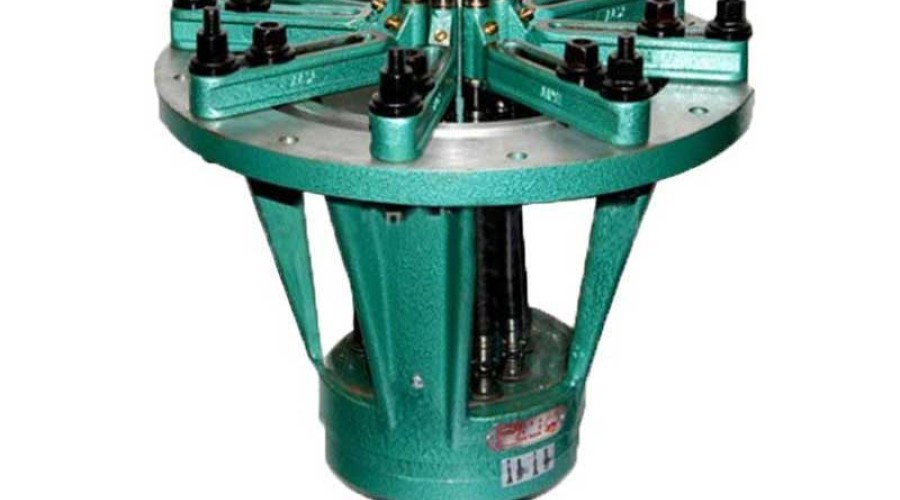
In the realm of machine processing, where precision is paramount and complexities abound, the advent of multi-axis machines has ushered in a new era of possibilities. These sophisticated systems, capable of intricate movements along multiple axes, have become indispensable in various industries, redefining the landscape of manufacturing and machining processes.
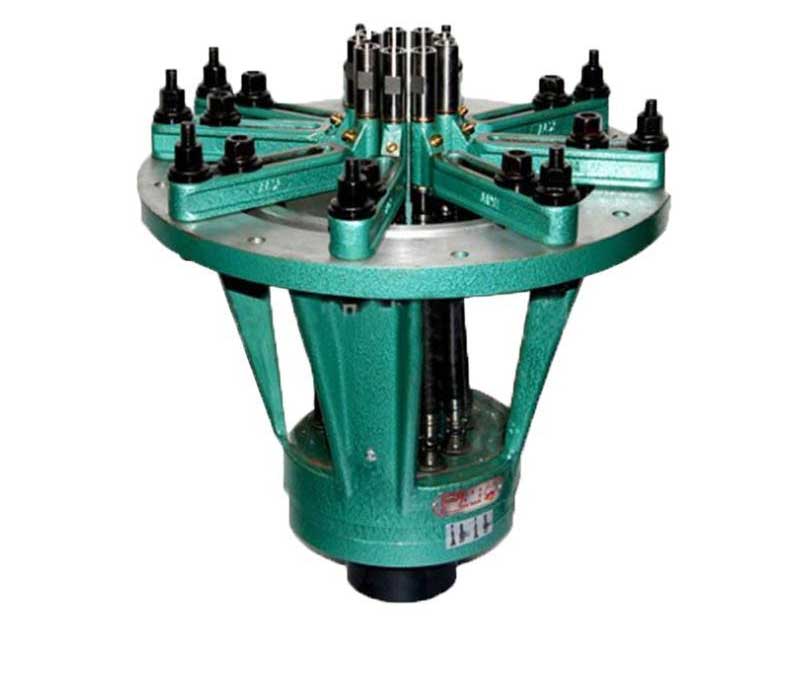
1. Precision CNC Machining:
At the forefront of applications, multi-axis machines have revolutionized precision CNC machining. These devices, integrated seamlessly into Computer Numerical Control (CNC) systems, enable manufacturers to achieve intricate cuts, contours, and surface finishes with unparalleled accuracy. The flexibility to move along multiple axes enhances the machining capabilities, making them ideal for industries that demand high precision, such as aerospace and medical manufacturing.
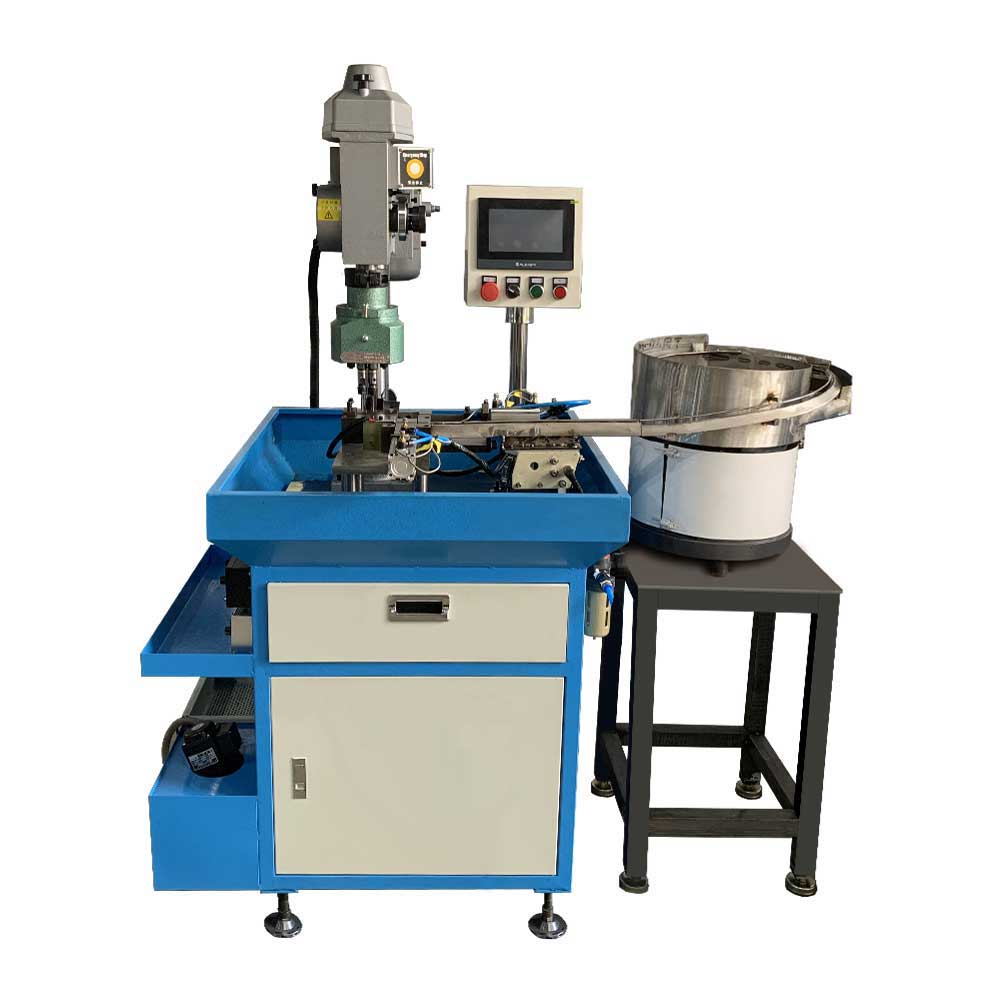
2. Complex Contouring and 3D Machining:
Multi-axis machines excel in tackling complex contours and intricate 3D machining tasks. Traditional machining processes often struggle with intricate designs, but multi-axis machines can approach the workpiece from various angles, allowing for the creation of complex shapes and intricate geometries. This capability is particularly valuable in industries that require intricate part designs, such as the production of molds and dies.
3. Simultaneous Milling and Turning:
Unlike traditional machining centers, multi-axis machines can perform simultaneous milling and turning operations on a single platform. This capability streamlines production processes, reduces setup times, and enhances overall efficiency. It is particularly beneficial in industries where a seamless transition between milling and turning is essential, such as the production of turbine components in the energy sector.
4. Aerospace Component Manufacturing:
The aerospace industry heavily relies on the precision and versatility provided by multi-axis machines. These machines are instrumental in manufacturing complex aerospace components, including turbine blades, airfoils, and intricate structural parts. The ability to perform simultaneous multi-axis operations ensures that aerospace manufacturers can meet stringent quality standards and specifications.
5. Production of Prototypes and Custom
Parts:
In the modern era of manufacturing, customization is key. Multi-axis machines are ideal for producing prototypes and custom parts with intricate designs. From automotive components to specialized medical devices, these machines offer the precision and flexibility required to bring unique and innovative designs to life.
6. Tool and Die Manufacturing:
The production of molds, dies, and tooling requires precision and intricate detailing. Multi-axis machines shine in this application, allowing for the creation of complex tool and die geometries. This is particularly crucial in industries such as injection molding and die casting, where the quality of the tooling directly influences the final product.
7. High-Volume Production with Efficiency:
In industries with high-volume production requirements, the efficiency of machining processes is paramount. Multi-axis machines, with their ability to perform complex operations in a single setup, contribute to the efficient production of large quantities of parts. This is especially valuable in automotive manufacturing and consumer electronics, where high precision and rapid production are essential.
8. Enhanced Surface Finish and Quality:
The intricate movements of multi-axis machines contribute to superior surface finishes on machined parts. This is critical in applications where aesthetics and smoothness are essential, such as in the production of medical implants or components for luxury goods.
Conclusion:
Multi-axis machines have become the
backbone of precision in machine processing, pushing the boundaries of what is
achievable in modern manufacturing. From aerospace components to custom
prototypes, these versatile machines continue to redefine the possibilities in
machining. As technology evolves, the application of multi-axis machines is
likely to expand further, driving innovation and efficiency across diverse
industries.
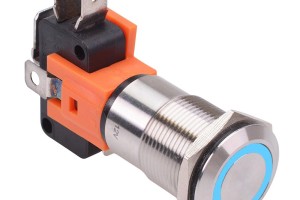
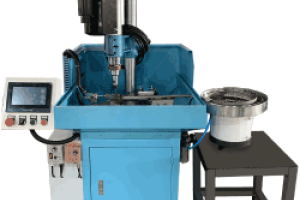
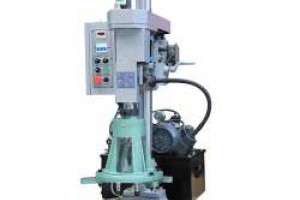
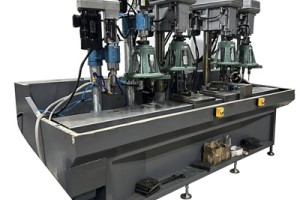
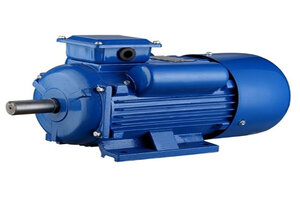
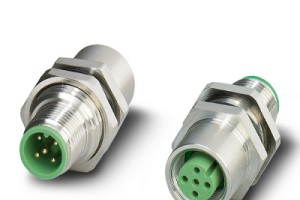
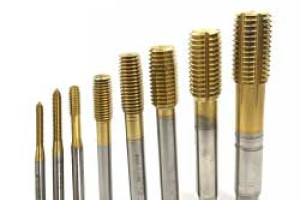
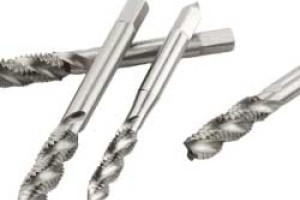
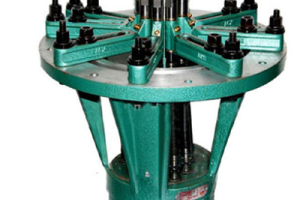
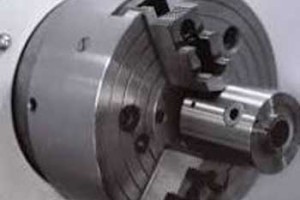
Leave a comment